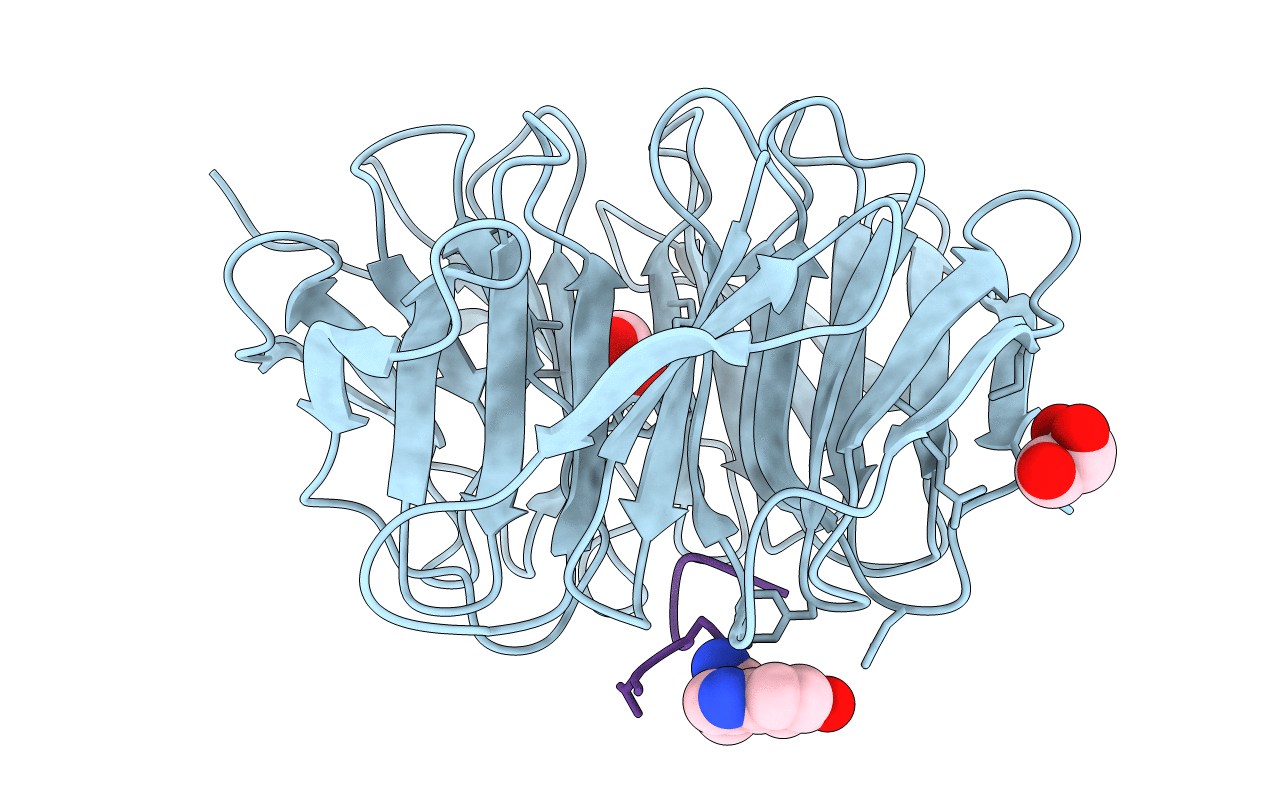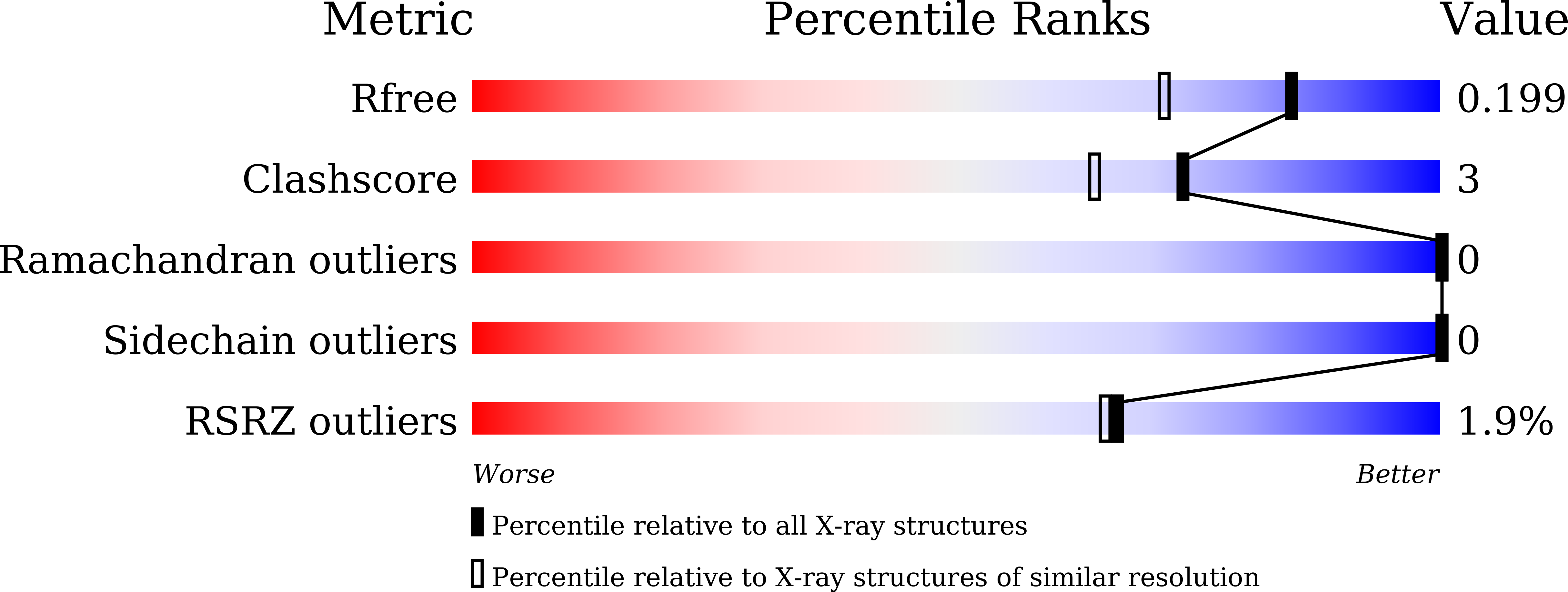
Deposition Date
2020-06-27
Release Date
2021-07-07
Last Version Date
2024-10-23
Entry Detail
PDB ID:
7CFQ
Keywords:
Title:
Crystal structure of WDR5 in complex with H3K4me3Q5ser peptide
Biological Source:
Source Organism:
Homo sapiens (Taxon ID: 9606)
Host Organism:
Method Details:
Experimental Method:
Resolution:
1.60 Å
R-Value Free:
0.18
R-Value Work:
0.16
R-Value Observed:
0.16
Space Group:
C 2 2 21


